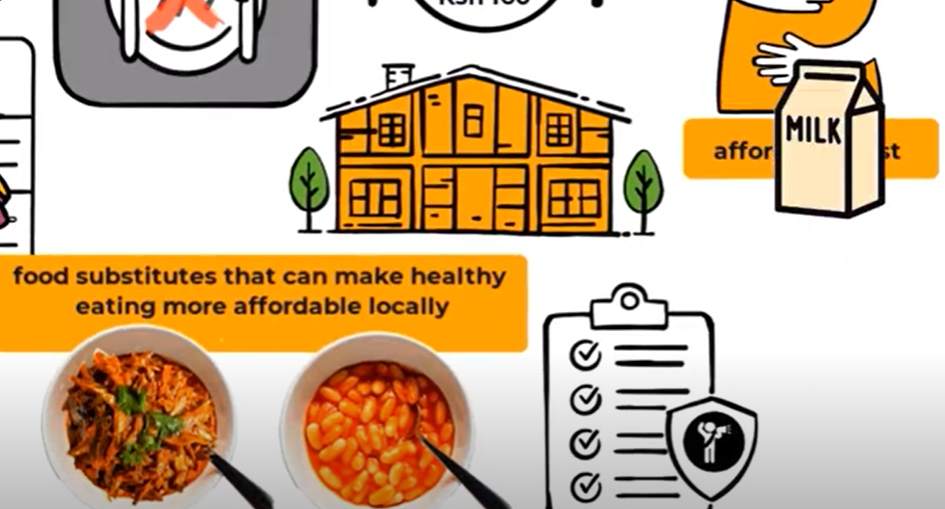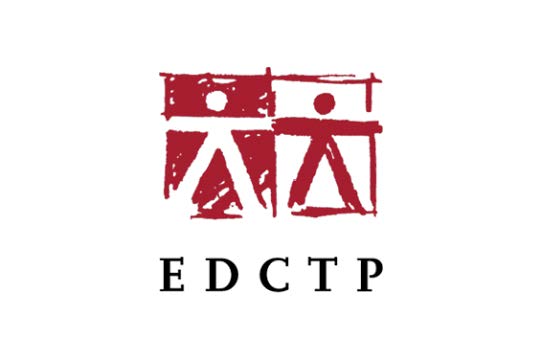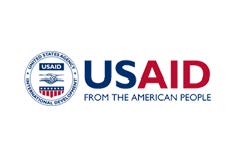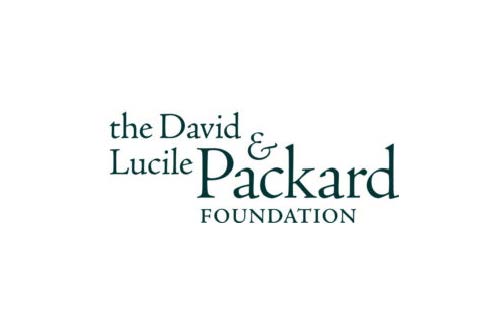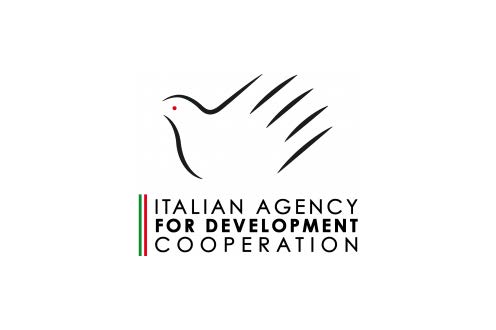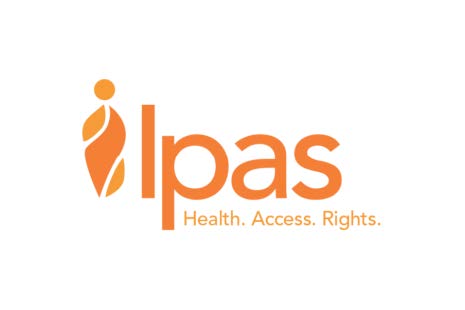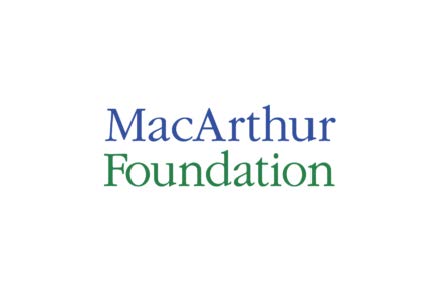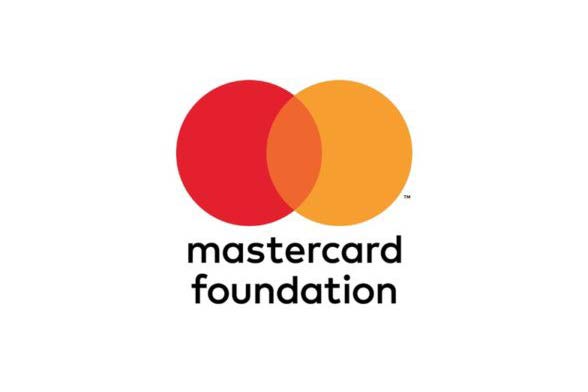Most children spend their formative years in school therefore, the food environment within and around schools plays a significant role in their overall nutrition. Due to urbanization and a rapid shift in dietary patterns globally, processed foods that are high in sugar, salt, and fats are being consumed more. Unhealthy diets, which mainly consist of processed foods, are the leading risks to obesity and overweight issues globally. These foods are gaining popularity among children due to the high level of marketing, and this has led to major concerns for children’s health rights.
The marketing of food items that include high levels of saturated fatty acids, trans-fatty acids, free sugars, and/or salt has adverse effects on the rights outlined in the Convention on the Rights of the Child. These rights include the right to health, access to adequate and nutritious food, and protection against exploitation. According to the Committee on the Rights of the Child, there is a need for state parties to have best interests or prohibit by law, any commercial advertising and marketing of certain types of food directed to children. Therefore, policymakers need to tackle the harmful impact of marketing unhealthy foods within children’s food environment from a child rights-based approach.
Despite the overwhelming evidence of the effects of an obesogenic food environment, little has been done to address these issues, especially in low and middle-income countries, to avert the effects. Lack of or poor implementation of policies on marketing and zoning of retail markets around schools has led to the availability of unhealthy food options near educational institutions. Also, certain marketing strategies such as pester power, peer influence, and persuasive advertising tactics which are often used to promote or market unhealthy snacks to children, make it complex to market healthier options.
In Kenya, schools are spread across urban and rural areas and thereby encounter different challenges in providing a healthy food environment for students. In urban areas, children may have more access to a wider variety of food options, but they also face the influence of fast food chains and unhealthy marketing tactics. Regardless of the location, schools must prioritize the availability of nutritious meals and educate students about making healthy food choices.
Between July 2021 to August 2021, the African Population Health Research Center, through the Global RECAP study initiative, conducted an assessment of the frequency of unhealthy food and beverage marketing across 500 schools from three counties in Kenya, namely, Nairobi, Mombasa (for an urban perspective), and Baringo (for rural perspective). The cross-sectional study used INFORMAS approaches, and all food retail outlets were mapped within a 250-meter radius of the school entrance and exit points.
In the three counties, vegetable food stands were the most common outlets, followed by shops, kiosks, local vendors, and restaurants. Similarly, the study identified a total of, 21,871 food items across all counties. Using the NOVA classification system; the most common food group was unprocessed/minimally processed foods (n=15,657, 71.59%), followed by ultra-processed foods (n=5483, (25.1%), processed culinary components (n=565(2.6%), and processed foods (n=166, (0.8%).
While the majority of foods sold were healthy options in retail establishments, unhealthy options, particularly sugar-sweetened beverages, were being sold too, raising concerns about their potential impact on students’ dietary choices. What was also concerning was the proximity of bars and liquor stores around these schools; a few of the mapped outlets sold only alcohol, showing that not all mapped outlets within the 250-meter radius were dedicated to food retail. This a major concern owing to their accessibility and exposure to children and the potential repercussions. Therefore, there is a need for policies to avert such concerns.
Furthermore, the study revealed that the availability of unhealthy food options across the three counties, most especially sugar-sweetened beverages, exacerbates the concern about easy accessibility for students to consume these foods. Dietary choices for these students are most likely ready-to-eat snacks and meals; these being sold will influence the consumers’ behavior as the go-to options. The main question, therefore, is, ‘What if healthier options were the highly recommended snacks around schools’? Maybe this would slowly encourage healthier dietary behaviors and change the marketing strategies around schools.
This is only possible if policymakers enact and implement policies that allow healthier options around schools. The World Health Organization’s ‘best buys‘ to reduce unhealthy diet effects recommend actions such as reformulation of unhealthy foods, nutrition labeling, creating awareness through mass media campaigns on healthy diets, and implementation of fiscal policies on processed foods, as well as implementing subsidies on healthy options.
These in return, would limit children’s exposure to covert marketing strategies and potentially reduce their influence. Additionally, enacting zoning laws can play a role in creating healthier food environments around schools by restricting the proximity of fast food restaurants or unhealthy food outlets. Implementation of zoning laws in different countries such as Ireland, Scotland, the United States and South Korea have successfully contributed to the restriction of fast food outlets near schools and encouraged the availability of outlets selling healthier options.
In conclusion, there is a need for policymakers in Kenya to set and implement policies on the marketing of foods in and around schools. Implementing such policies would require a multisectoral approach with government ministries, civil societies, non-governmental organizations, and schools. This may create a positive impact on the eating habits and overall health of students.

SHARON WANJIKU MUGO
Research Officer


